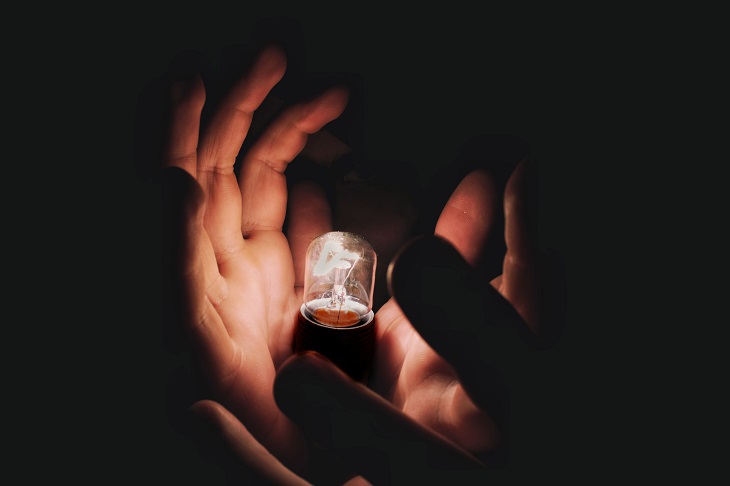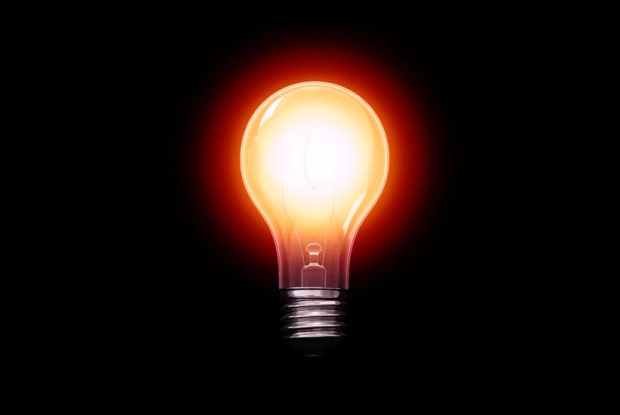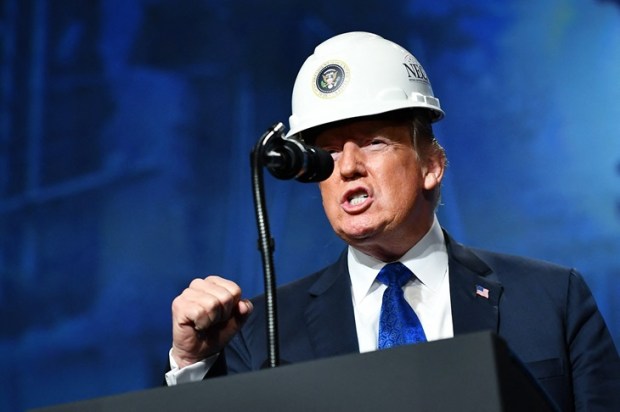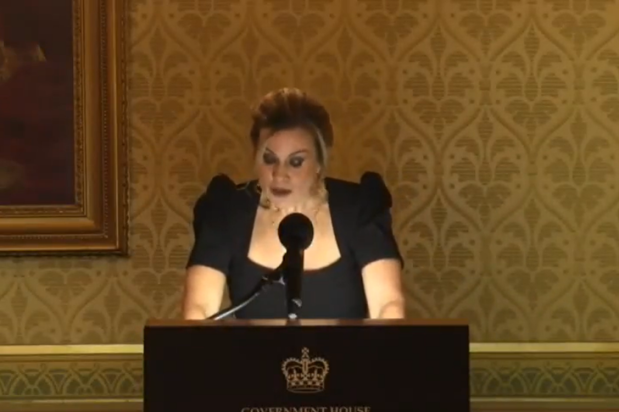It is a rootless age when 100 of the leaders of various Christian and other churches in Oceania can pen an open letter to Prime Minister Albanese demanding Australia stop ‘approving new coal and gas projects’.
This is not an area where they have any expertise, unlike morality. Whether from a practical or moral angle, this open letter is wrong.
Australia needs to produce more gas for its own use, and more gas and coal for the world’s use.
To deny that is to destroy any chance of a pivot to a low-carbon economy and to deny the role fossil fuels play outside the power...
Already a subscriber? Log in
Subscribe for just $2 a week
Try a month of The Spectator Australia absolutely free and without commitment. Not only that but – if you choose to continue – you’ll pay just $2 a week for your first year.
- Unlimited access to spectator.com.au and app
- The weekly edition on the Spectator Australia app
- Spectator podcasts and newsletters
- Full access to spectator.co.uk


























Comments
Don't miss out
Join the conversation with other Spectator Australia readers. Subscribe to leave a comment.
SUBSCRIBEAlready a subscriber? Log in